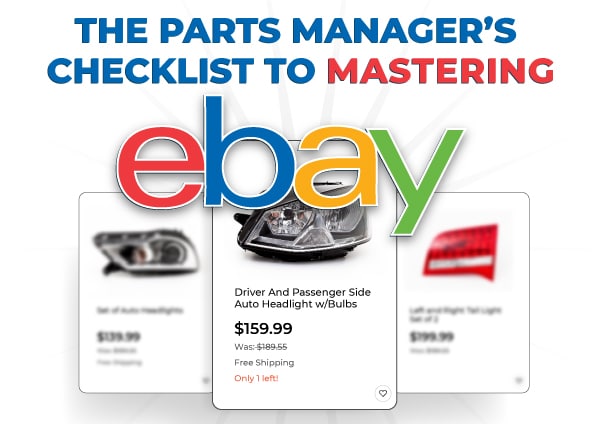South Dakota v. Wayfair, Inc.
In the long-standing debate over eCommerce sales tax, South Dakota v. Wayfair, Inc., the Supreme Court has ruled in favor of South Dakota.
What does this mean, exactly?
In simple terms, it means that South Dakota can require a seller to impose sales tax on purchases made by South Dakota residents, even if the seller has no physical presence in the state.
Before the ruling, there would need to be a physical connection between an out-of-state company and the state before a taxing jurisdiction could require the company to collect or remit sales tax. The connection is known as an economic nexus.
With the ruling, the economic nexus no longer requires a physical presence in a state, but is based on transaction volume, sales revenue, or a combination of the two.
While South Dakota was the first to get permission from the court, there will be several other states jumping on board with the nexus rules. You can see a detailed map and additional statistics here.
As far as knowing if you would need to follow the nexus rules for sales tax in South Dakota, reviewing your sales transactions carefully is a must. As a remote seller, you must:
- Have $100,000 in sales of tangible personal property, electronically transferred products, or services delivered into the state or
- 200 separate transactions of the same delivered into South Dakota in the current or previous calendar year.
One thing to note is that the requirements placed on the South Dakota Supreme Court will take weeks to complete, meaning there will be no immediate collection enforcement.
While collecting sales tax will not be immediate, CFOs, controllers, and tax directors should look at systems to figure out what they will need to do to collect sales tax on internet sales. It’s good to be prepared for when the enforcement in South Dakota (and likely other states) occurs.



